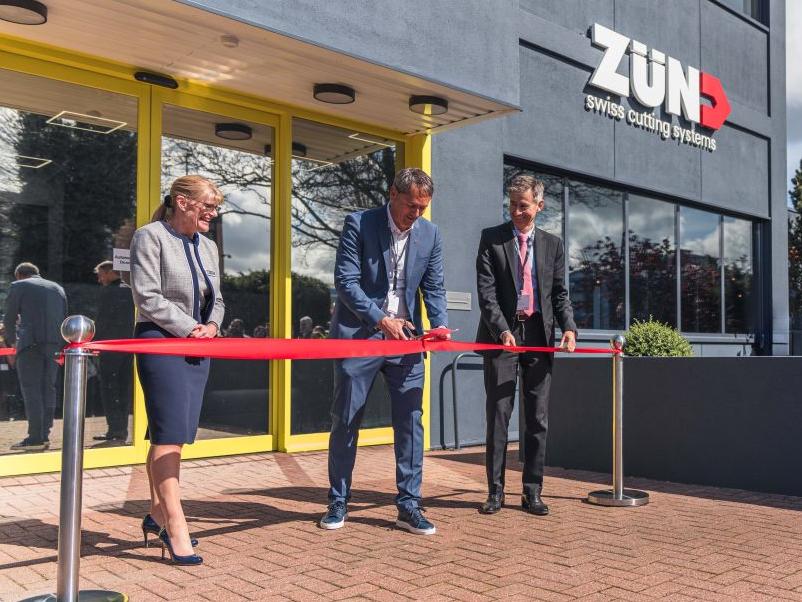Testing times ahead

In a Q&A session, Element Materials Technology’s vice-president technology, energy, Dr Rod Martin and John Moylan, technical director-composites, Aerospace West examine the kinds of trends and demands associated with both static and dynamic testing of composite materials.
In a Q&A session, Element Materials Technology’s vice-president technology, energy, Dr Rod Martin and John Moylan, technical director-composites, Aerospace West examine the kinds of trends and demands associated with both static and dynamic testing of composite materials.
Element is one of the world’s leading independent providers of materials and product qualification testing, inspection and certification services to the global aerospace, transportation & industrials, energy and fire & building products sectors, where failure in service is simply not an option. The company helps its customers to make certain that the materials, products and systems they make are safe, quality, compliant and ultimately fit for purpose.
Q) What types of carbon and glass fibre composite testing performance demands are placed on you by today’s designers?
All composites testing is of course dictated by the end market. Breadth in testing is essential because of the building block approach used in testing for aircraft components, and the challenge for a laboratory is to ensure the data scatter is due to true variability in the material.
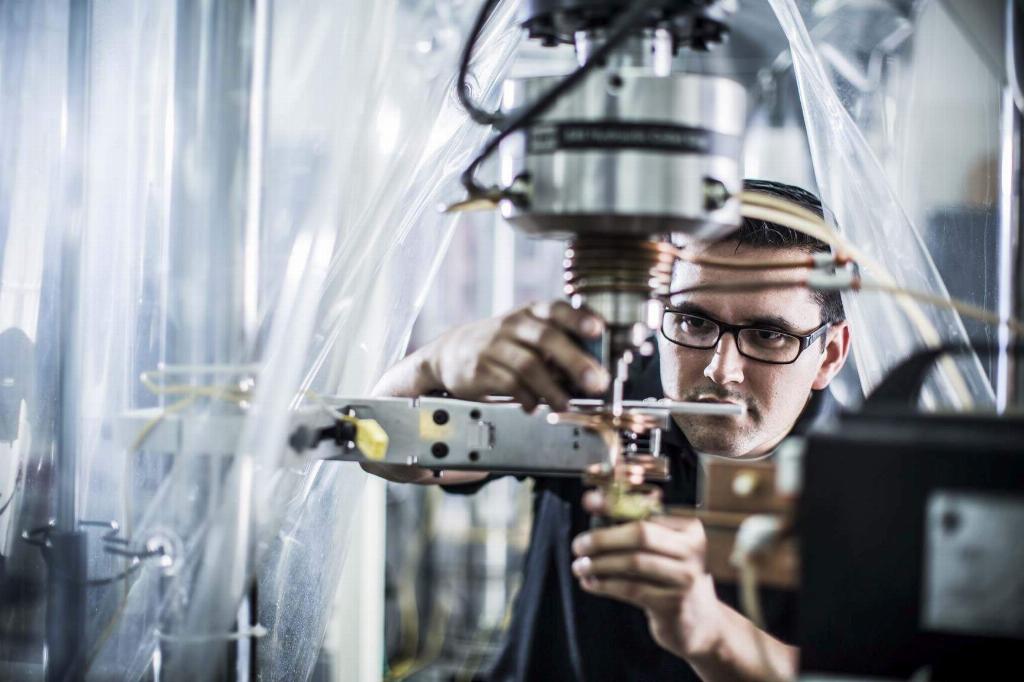
At Element we are finding that damage tolerance and durability is currently a high priority, particularly in understanding how small flaws or impact damage avoid detection and thereby may lead to significant failure. Many of our tests focus on interlaminar fracture toughness to model composites’ durability and damage tolerance.
Q) Are the thicknesses of the sections used in structures increasing, along with the increase in the strength of the composite materials themselves, which leads to larger test forces requiring higher capacity machines and fixtures?
We are certainly witnessing trends around improved interlaminar properties using 3D braiding for example, which does result in a thicker structure. The increase in the demand to better understand damage tolerance and growth often requires larger samples to be tested to simulate realistic in-service impact events.
Q) What are the most common examples of testing method types, i.e. compression after impact (CAI) for example?
This largely comes down to end use: the main driver in which test method is needed. In the aerospace industry, the most standardised CAI method is ASTM D7136 (for impact) and D7137 for post impact compression. In aerospace we see the bigger firms have larger proprietary coupons, whilst in energy the emphasis is on the effect of exposure. In automotive, this is in crash behaviour.
Q) Are you being forced to look at different types of gripper/end effector/alignment methods as the shapes/sizes of composite test pieces become increasingly more varied, i.e. no longer ‘dog bone’ shaped?
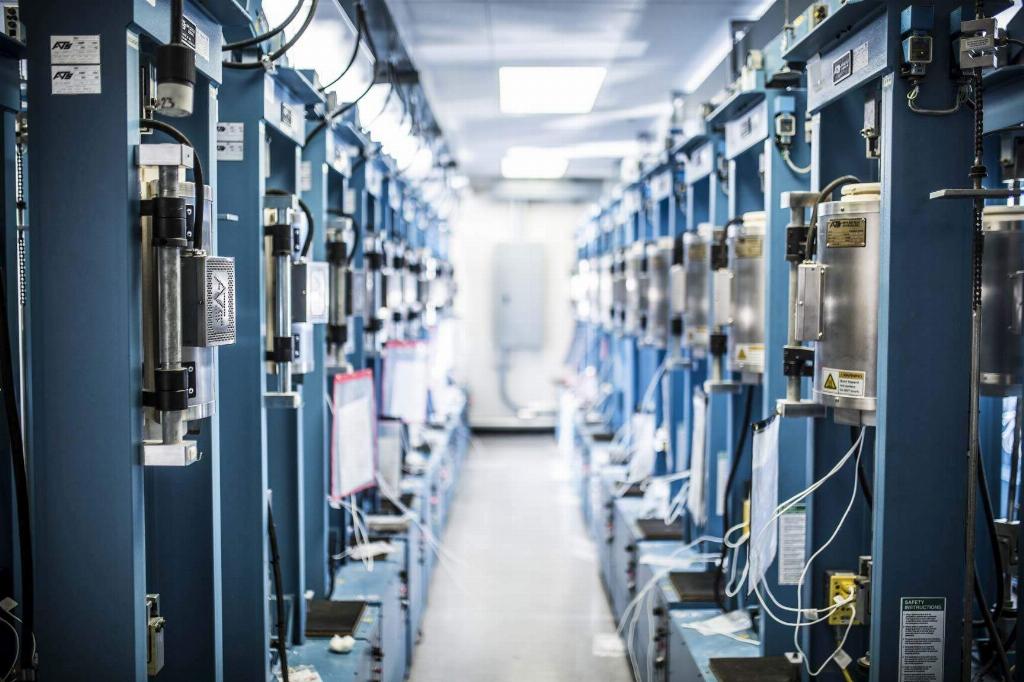
Alignment has always been critical in obtaining good quality composite test results. Generally, most tensile tests are performed using rigorously aligned hydraulic grips. There are several standardised alignment schemes, but each use a bar with 6-12 strain gauges to measure bending. The bar is loading in multiple orientations and the bending must be below a specified level.
Element has been doing this for over 30 years and as composites testing becomes more standardised, smaller manufacturer laboratories will likely be expected to adhere to these requirements.
Q) In your view, is there still a lack of empiric data for T&M companies like yourselves to dip into, in the same way that traditional metallics testing companies can quickly access data on say, 316L/416L, EN14, etc.?
Standardisation of metal alloys is much more mature. Metals are homogenous and their alloys well-defined, making standard data easy to produce. Because most composite materials are tailorable, newer and company proprietary, there is less data available publicly as well as each being dependent on the process that created it. There has been some attempt by the industry to make data available, such as CMH17.
Q) Is the composites community looking for design parity with metals which will mean development and acceptance of equivalent tests, both physically and in underpinning theory?
The advantage of using composites is that the material directional properties can be tailored for specific applications, so their design and use will not develop in the same way as the metals market. The underpinning material science is more complex, due to the multiple materials present and while composites offer many advantages, they will always be different and designing for parity would lose some of the intrinsic benefits they bring.
Q) Does static testing provide the greatest volume of testing or is dynamic testing now taking the lead as the composites industry experiences another wave of dynamic characterisation needs?
It is the case that many more static coupons are being tested, but given that each fatigue coupon takes days to test, the use of test frame time is similar for each test type. For some applications such as aircraft engine compressor blades, turbine blades and helicopter rotor applications, the design driver will still be fatigue testing.
Q) In terms of your R&D, where is the main emphasis – more innovations in the hardware or the software?
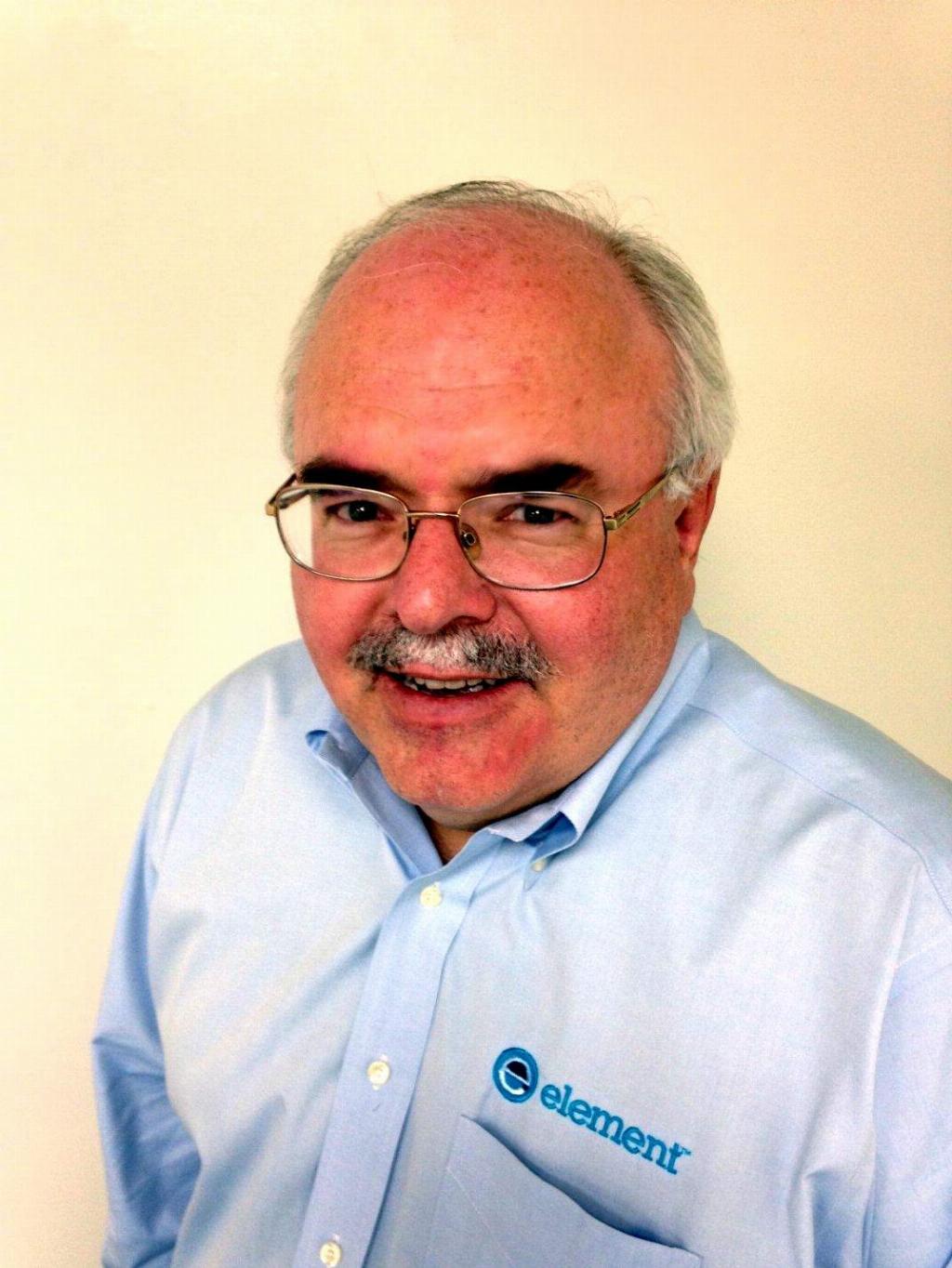
The increase in our use of digital imaging correlation (DIC) so that we can provide our clients with new useful data. We also have a research interest in high strain rate testing, as much R&D within different industry sectors is focused on efficient manufacturing methods such as autoclave and 3D printing.
Q) How much of a role can simulation & visualisation software play in the composites testing arena?
The basis of composites usage has always used finite element analysis (FEA) and as computing power evolves, so will the use of detailed simulation for things, such as the effect of damage.
Q) How do you find the industry in terms of doing business and keeping pace with stringent (i.e. Nadcap) specifications and qualifications?
The Element laboratories have been Nadcap-accredited for some time, so for us these requirements are the same as they have always been. Clients, of course, want continuous improvement in reducing scatter and increasing testing value, which we would expect. As the use of composites increases into a wide range of industries, so new standards will evolve to support them, which is as it should be.
Q) Do you have any partnerships with trade organisations and bodies like National Composites Certification and Evaluation Facility (NCCEF), The NPL, The NCC and Composites UK?
Element participates in ISO TC61, ASTM D30 and CHM17 as well as supporting initiatives with IoM3 (Rod Martin is a former chairman of the British Composites Society), NPL, NCC and Composites UK by participating in the Composites Leadership Forum in the UK.
Q) Do you find the UK composites industry as a whole, quite dynamic and quick to adopt new technologies as key to competitive edge?
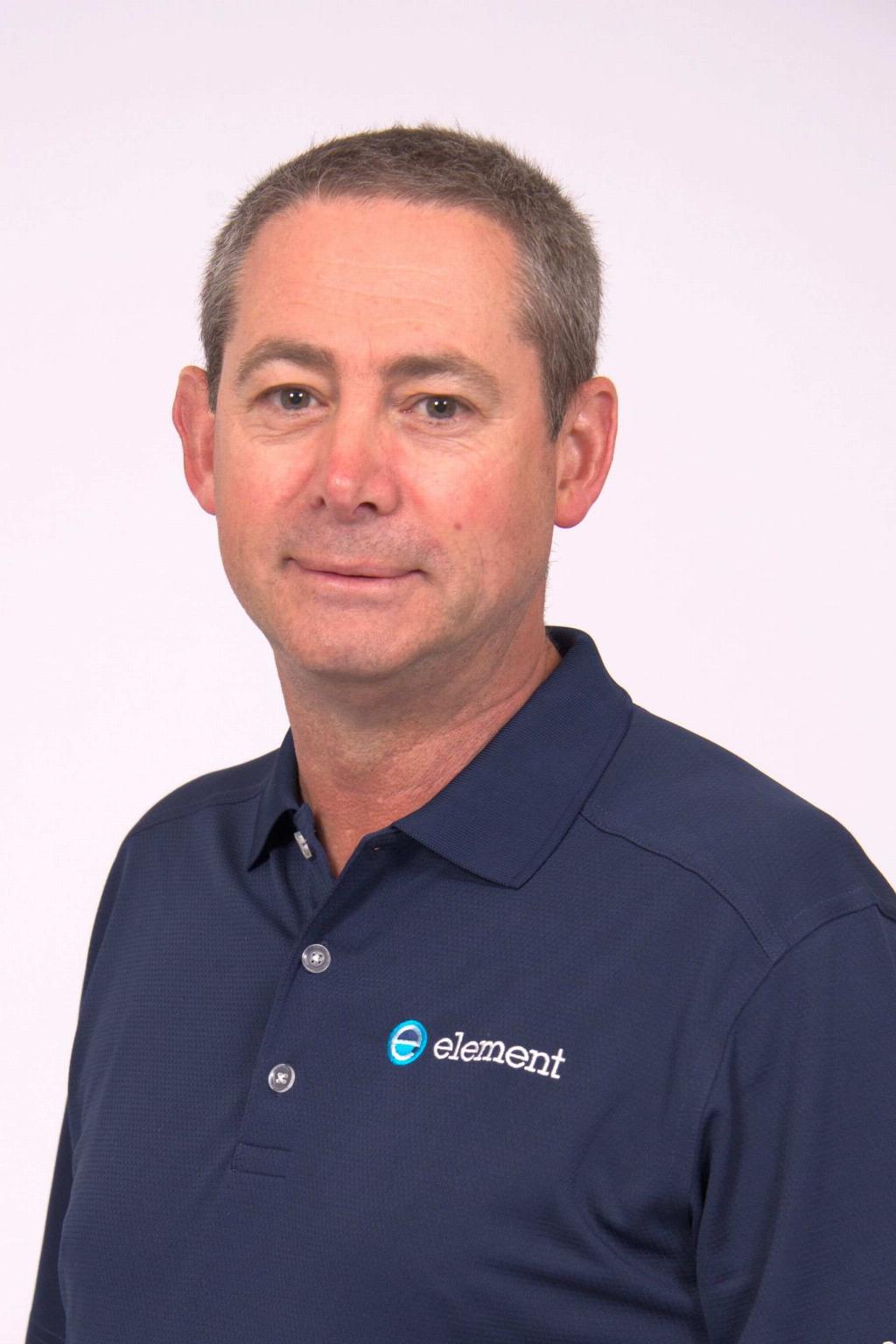
Yes, we do and the organisations we mentioned above are promoting the UK composites business. With further support from Innovate UK and the Department for Business, Energy and Industrial Strategy working together to produce a National Composites Strategy programme, the UK has a really innovative and commercially competitive outlook.
Q) By contrast, do you think certain metals applications are in a stage of much slower evolution and growth, where heavy reliance on legacy data can cause considerable inertia in adopting new methods as users need to prove results can be compared with decades’ worth of production and design data?
This depends on the industry. In aerospace, we can see how advanced materials are being more widely used and innovators will always take advantage of cutting-edge technology. However, where automotive manufacture is driven by the need for low emissions and fuel efficiency, metal is still prevalent but is cutting-edge, such as new lightweight steel and aluminium alloys.
Q) What composites-related testing developments will we be seeing in the future, i.e. a demand for more data on materials subject to multi-axial stresses?
Inevitably we will see an increase in the use of digital imaging correlation and high strain rate testing. As composites evolve, so will the testing of new applications for in-service conditions and while these may include multi-axial stresses, there will remain a focus on the operational environment. We will also see an increase in the use of inspection methods to understand damage progression to failure, which is likely to include embedded sensors, fibre optics and digital imaging correlation.
Q) Finally, where do you see the biggest business challenge coming from and how are you adapting to an ever-changing and unpredictable economic climate?
We all know that the coronavirus has put us in uncharted territory. We will continue to work with Element’s basic values of safety, integrity, excellence and partnership in serving our customers. During this time, many of our laboratories fulfil critical functions so are open for business. Depending on laboratory and location, we operate in varying capacities while always ensuring the safety of our people and meeting social distancing guidelines.
We are also involved in the response to the coronavirus. Most particularly, in the UK Element has recently developed a testing regime to cover the electromagnetic compatibility (EMC) and basic safety requirements for a Rapidly Manufactured Ventilator System (RMVS) prototype being developed by a number of manufacturers and consortia.
Life beyond might include a future focus on testing the full-life cycle of a composite material component including better monitoring of through-life condition and better analysis for life prediction leading to life extension strategies. Further, will be the ongoing challenge of efficient re-use, recycle or disposal.







